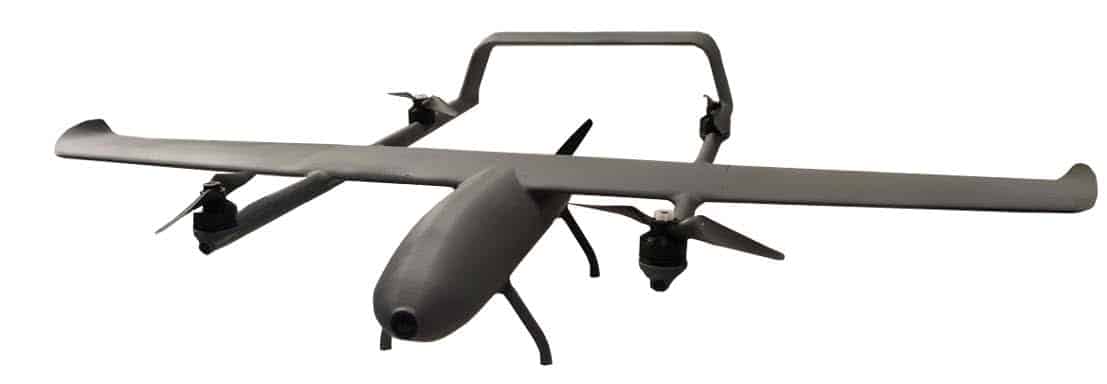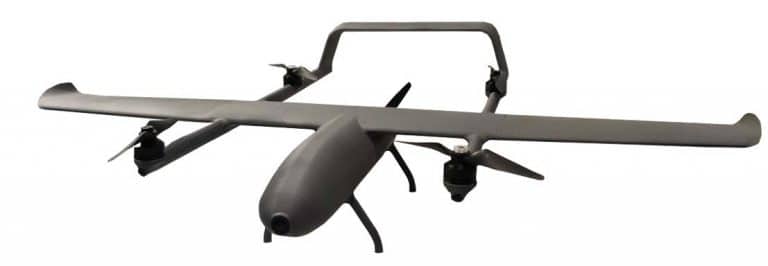news
Stay ahead of the curve in composite innovation
Discover technical guides, case studies, expert articles, and real-world applications.
Whether you’re exploring CFIP or scaling its use, this is your hub for advanced manufacturing insights.
CASE STUDIES
Explore how engineers across industries are using CFIP to solve structural, weight, and design challenges. Each story shows how fiber-reinforced parts replaced metal, improved performance, or enabled innovation.
DRONE VTOL REINFORCED WITH CFIP TECHNOLOGY
This whitepaper presents the development of a high-performance vertical take-off and landing (VTOL) drone using
REDUCING WEIGHT AND COST OF SATELLITE STRUCTURES WITH CFIP
Weight reduction is a crucial factor in thespace industry; the lighter a satellite is, theless
DRONE VTOL REINFORCED WITH CFIP TECHNOLOGY
This whitepaper presents the development of a high-performance vertical take-off and landing (VTOL) drone using
TECHNICAL ARTICLES
Our engineering team regularly publishes deep dives on fiber path optimization, material compatibility, and CFIP implementation best practices. Perfect for designers, process and application engineers, and innovators.
Looking for something specific?
Let us help you find the exact technical information or inspiration you need. Reach out with your project or topic of interest, and we’ll guide you to the right content.



